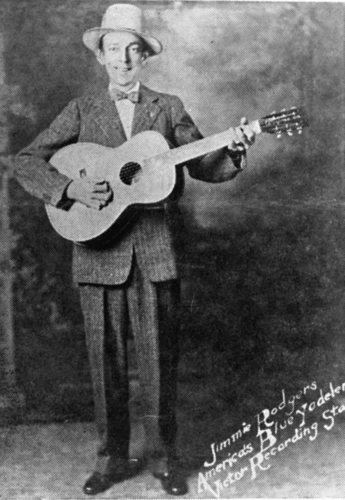Flatpicking is a popular technique for playing the guitar, and there are many talented musicians who have mastered this style. In this blog post, we will explore the styles of some of the most famous flatpicking guitarists.
Doc Watson
Doc Watson is a legendary flatpicking guitarist who is known for his fast and clean playing style. He was born in Deep Gap, North Carolina in 1923 and grew up playing the guitar and singing with his family. Watson’s style is characterized by his use of fingerpicks and his ability to play complex melodies at high speeds. He has won numerous awards for his music, including seven Grammy Awards.
Tony Rice
Tony Rice is another highly influential flatpicking guitarist. He was born in Danville, Virginia in 1951 and grew up in California. Rice’s style is known for its clarity and precision, and he is often credited with popularizing the use of a flatpick in bluegrass music. He has played with many notable musicians, including J.D. Crowe and the New South, and has released numerous solo albums.
Clarence White
Clarence White was a pioneering flatpicking guitarist who was born in Lewiston, Maine in 1944. He grew up in California and was a member of the bluegrass band the Kentucky Colonels. White’s style was characterized by his use of a thumbpick and his ability to play fast, intricate melodies. He was a major influence on many other flatpicking guitarists, including Tony Rice.
David Grier
David Grier is a contemporary flatpicking guitarist who was born in Florida in 1961. He grew up in a musical family and began playing the guitar at a young age. Grier’s style is known for its technical prowess and emotional depth. He has released numerous solo albums and has won numerous awards for his music, including the International Bluegrass Music Association’s Guitar Player of the Year award.
Bryan Sutton
Bryan Sutton is a highly respected flatpicking guitarist who was born in Asheville, North Carolina in 1973. He grew up in a musical family and began playing the guitar at a young age. Sutton’s style is characterized by its clarity and precision, and he is known for his ability to play a wide range of musical styles, including bluegrass, country, and rock. He has played with many notable musicians, including Ricky Skaggs and the Dixie Chicks, and has released numerous solo albums.
Chris Thile
Chris Thile is a mandolinist and singer who is also an accomplished flatpicking guitarist. He was born in Oceanside, California in 1981 and grew up in a musical family. Thile’s style is known for its technical precision and emotional intensity. He has released numerous solo albums and has won numerous awards for his music, including the MacArthur Fellowship, often referred to as the “Genius Grant.”
Tim O’Brien
Tim O’Brien is a singer, songwriter, and multi-instrumentalist who is known for his flatpicking guitar skills. He was born in Wheeling, West Virginia in 1954 and grew up in a musical family. O’Brien’s style is characterized by its versatility and emotional depth, and he has released numerous solo albums and has played with many notable musicians, including Hot Rize and the Earls of Leicester.
Looking to learn more about famous flatpicking guitarists and their styles? Check out our articles on famous flatpicking songs in country music, top semihollow guitars for country legends, DIY pedal mods for country guitarists, flatpicking patterns in country songs, and strumming patterns in country songs for more insights into the world of country guitar playing!
Conclusion
Flatpicking is a popular technique for playing the guitar, and there are many talented musicians who have mastered this style. In this blog post, we have explored the styles of some of the most famous flatpicking guitarists, including Doc Watson, Tony Rice, Clarence White, David Grier, Bryan Sutton, Chris Thile, and Tim O’Brien. Each of these musicians has made significant contributions to the world of flatpicking guitar and has inspired countless other musicians to pick up the instrument and start playing. Whether you are a fan of bluegrass, country, rock, or any other genre of music, you are sure to find something to enjoy in the styles of these talented flatpicking guitarists.








